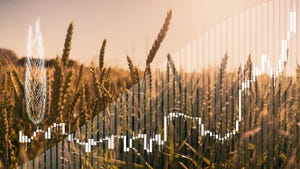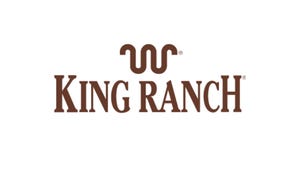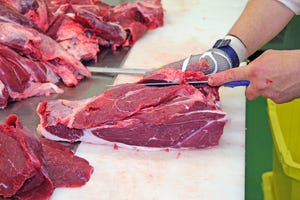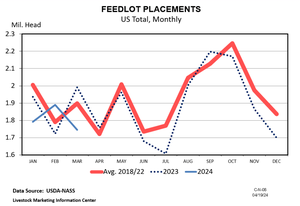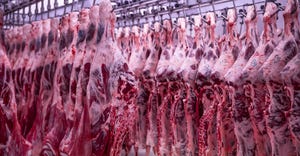Farm Business Management
More Topics
thumbnail
Policy
Canadian cabinet minister to visit UNL to discuss trade, geopoliticsCanadian cabinet minister to visit UNL to discuss trade, geopolitics
Canada’s minister of innovation, science and industry, will deliver an address speaking on “U.S.-Canada Trade and Geopolitics."
Subscribe to Our Newsletters
BEEF Magazine is the source for beef production, management and market news.
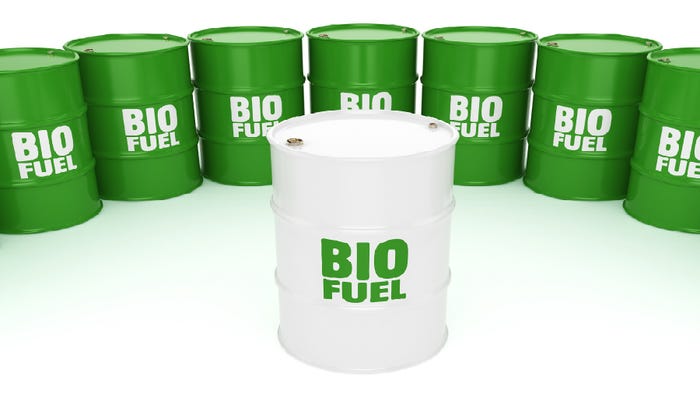

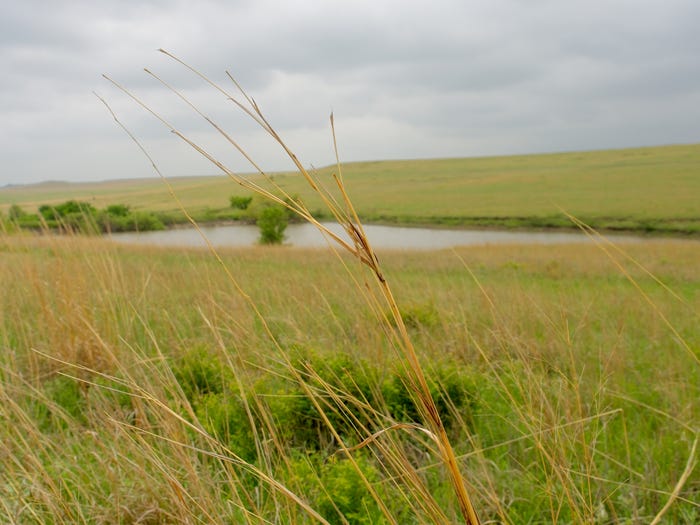
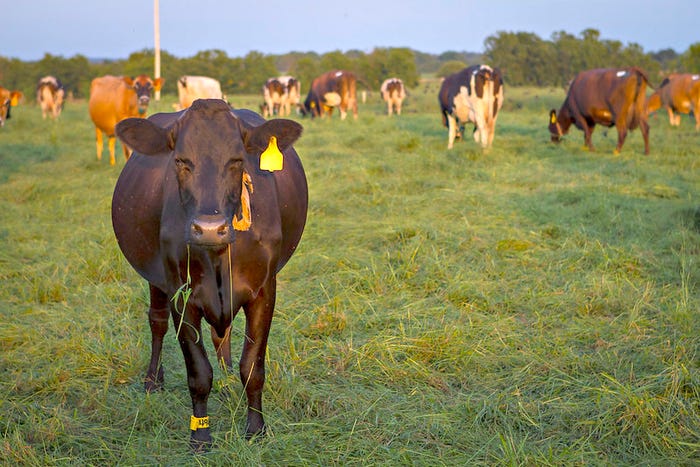
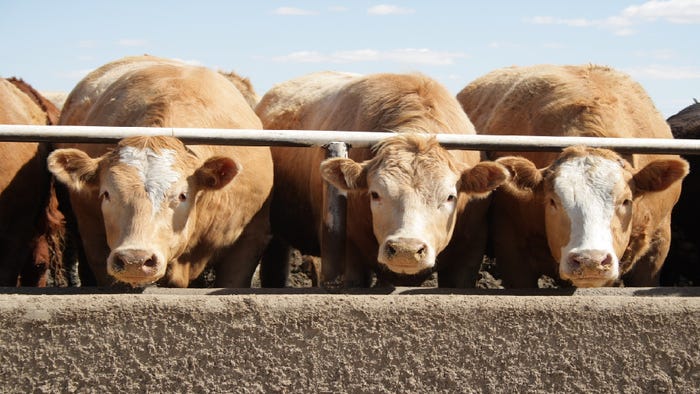
.jpg?width=300&auto=webp&quality=80&disable=upscale)


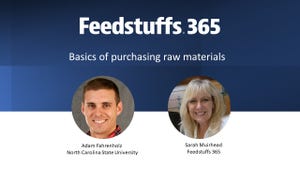



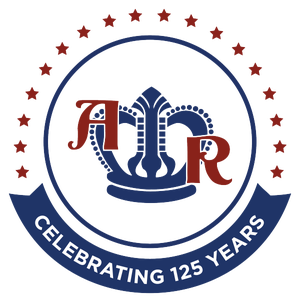




.png?width=300&auto=webp&quality=80&disable=upscale)
.png?width=300&auto=webp&quality=80&disable=upscale)






